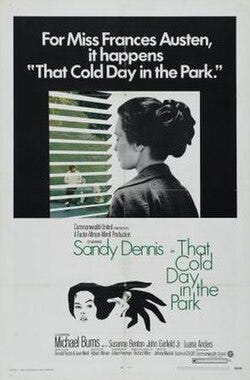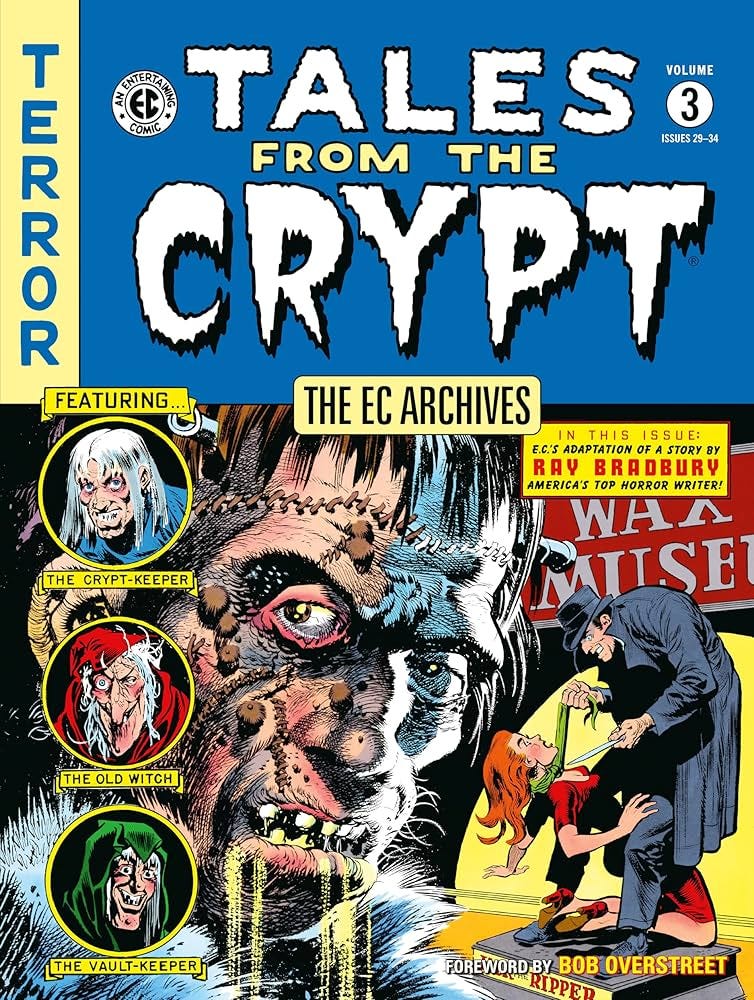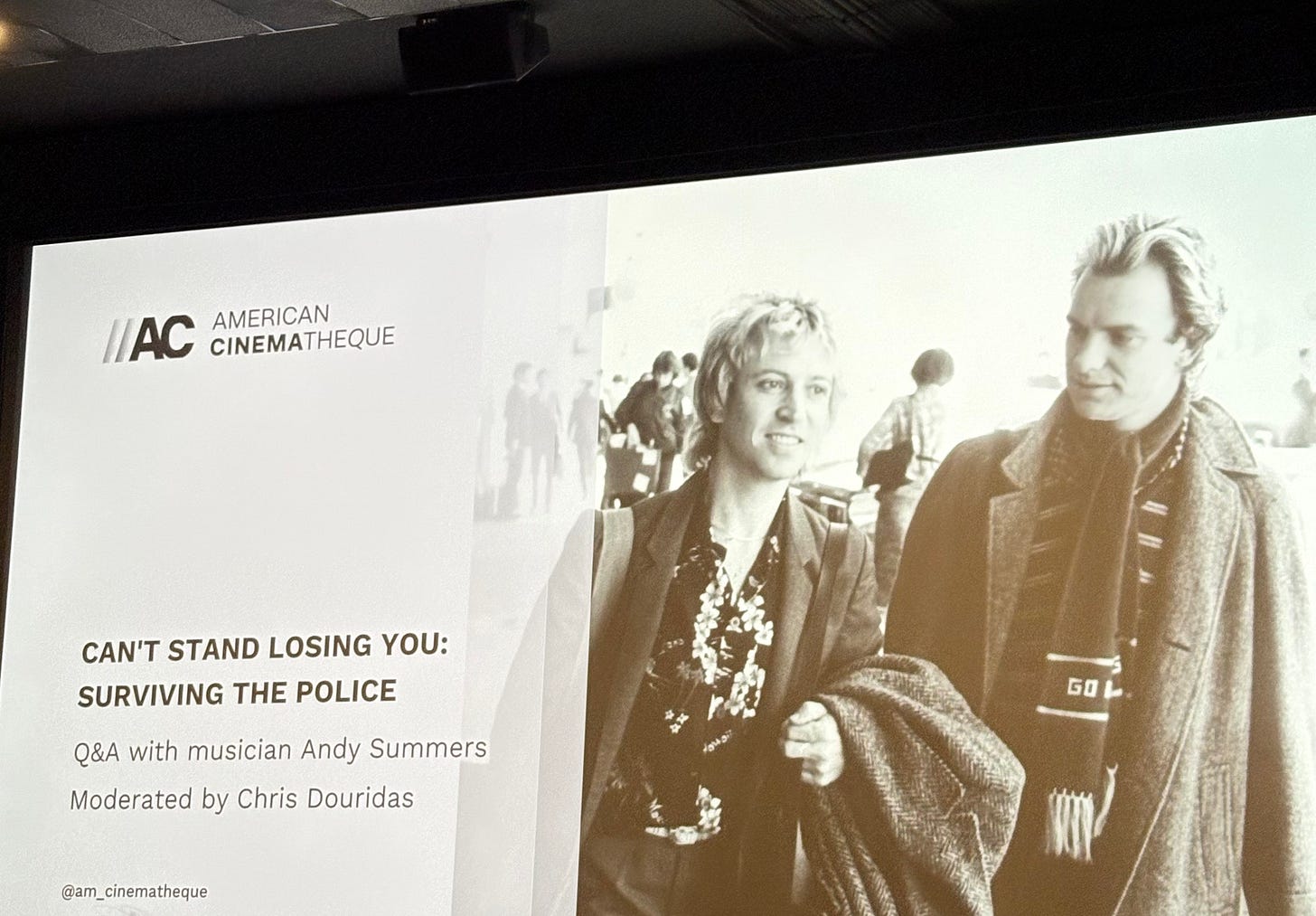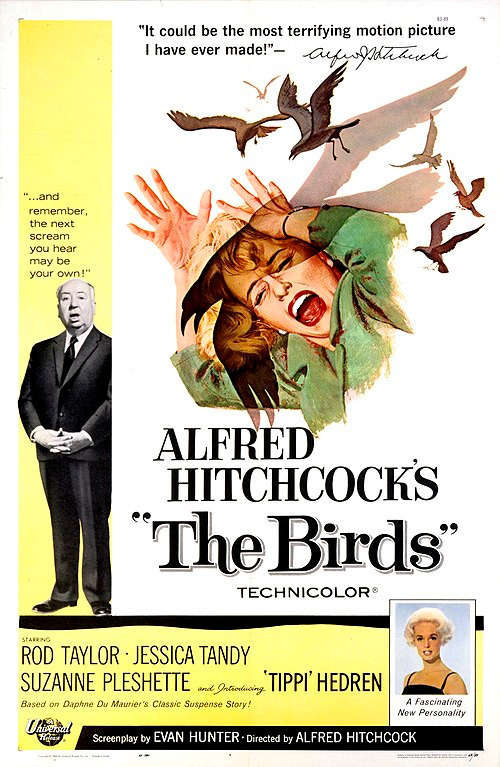Here’s what I watched and read last week…
MOVIES
It’s Impossible to Plow by Reading Books (1988) is Richard Linklater’s first film, which he shot on 8mm. It follows a year in Linklater’s life, involving travel to visit a friend, riding trains, preparing dinner, watching television, and more. The film grew on me as I found myself curious about what he would do next. It’s a film you have to lean into and let its language draw you in. Plow’s slow pace and spontaneity contain the seeds of Slacker (1991), the film that would launch Linklater’s career.
Days of Heaven (1978) is another beautiful and haunting film by Terence Malick. The cinematography is stunning—one of those films you could watch with the sound off and still be mesmerized by the images alone. It’s hard to believe Malick didn’t make another film until The Thin Red Line, nearly 20 years later.
Frenzy (1972). I watched it again for research, as the film provides the conclusion of my manuscript on Alfred Hitchcock. Although there is much to appreciate about Hitchcock’s final film, Family Plot, Frenzy is truly his last great work—some even call it his final masterpiece. My research focuses on the expression of horror and the Gothic in his films. My book proposal is almost ready, and I’ll be sharing updates as the process unfolds. It’s been an amazing journey writing about Hitch.
TV
Slow Horses is an exciting series with some great twists. Gary Oldman’s performance is outstanding, and I love Kristin Scott Thomas as Diana Taverner. I’m looking forward to watching more episodes.
Welcome to Derry: Episode four was probably the least action-packed of the episodes so far this season, but it served an important purpose in bringing us closer to Pennywise and setting up the stakes for the rest of the season, especially for Charlotte (Taylour Paige), who is turning out to be a great character. Lastly, that eye-horror scene was gruesome. Eek!
I watched the fourth episode of Pluribus and I’m getting the same feelings I had when I first watched Breaking Bad. Gilligan does such a great job sustaining my curiosity and building anticipation about what’s going to happen next to Carol (Rhea Seehorn). Just like with Breaking Bad, I wish I didn’t have to wait each week for the next episode.
BOOKS
The Subject of Torture by Hilary Neroni. A great read, especially for those interested in psychoanalytic theory and media. Her writing is highly accessible and supported by strong examples. See my post.





















